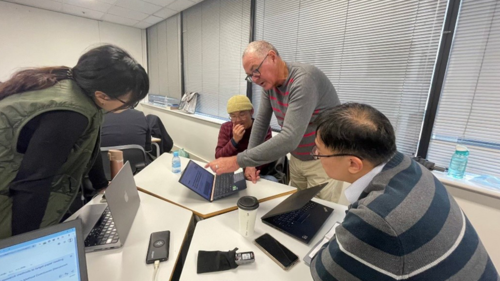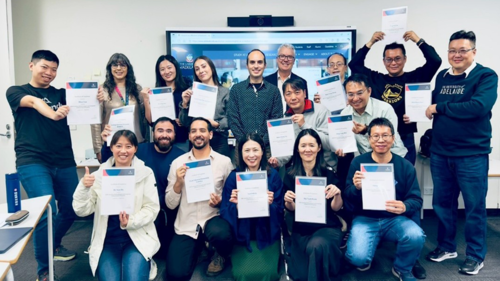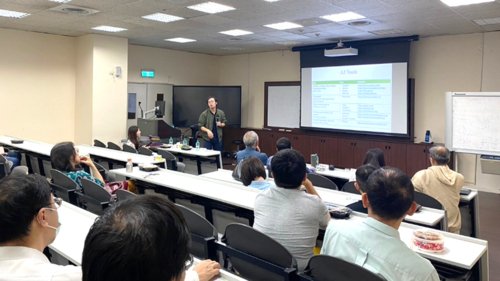Expanding Horizons in EMI Teaching—Faculty Share Insights from Training in Australia




In response to the government’s “Enhancing Citizens’ English Proficiency” and “Improving National Competitiveness” goals under the 2030 Bilingual Nation Policy, the Teaching and Learning Resource Center and the Language Center have fully implemented the Bilingual Policy since the 2023 academic year. To ensure that EMI course instructors have a solid understanding of teaching methods and language use in English-medium instruction, and to provide non-European and American educated teachers with a cultural experience in an English-speaking environment, 21 teachers have been sent over the past two years to the University of Adelaide, one of our sister universities in Australia, to participate in an intensive two-week (40-hour) advanced EMI teaching training program. The training featured diverse and comprehensive content, covering teaching methods, EMI classroom language use, demonstration teaching, and professional lectures. Through a combination of theory and practice, the program helped teachers deepen their EMI teaching strategies and techniques.
To disseminate the newly acquired EMI teaching knowledge to faculty members from various departments, the Center for Teaching and Learning Development held two EMI Teaching Competence Sharing Sessions in October 2024 and October 2025, inviting trained teachers to share their learning outcomes. The trained teachers reported that professional instructors from the University of Adelaide suggested using CCQs (Concept Checking Questions) in EMI classes to ensure students’ comprehension, as well as integrating AI tools and software to design group activities that enhance participation and speaking opportunities. Several teachers also shared their practical experiences using AI teaching tools such as Napkin AI, Gamma, and Genially, which not only save teachers preparation time but also improve the quality of teaching materials. For instance, Professor Luo Dian from the Department of Electronic Engineering demonstrated how to use Gamma to select teaching templates and create visually appealing materials to highlight key course points. He also recommended that teachers collect student feedback at the end of each course as a reference for adjusting teaching strategies.
During the sharing sessions, many trained teachers pointed out that professional instructors from the University of Adelaide especially recommended incorporating real-life videos, exercises, or group activities into lessons, which can not only deepen students’ learning impressions but also allow for immediate learning assessment. The core of course design should focus on promoting active learning. Teachers can activate students’ prior knowledge at the beginning of the course and then provide scaffolding to guide them through gradual understanding and practice. Some teachers mentioned that in order to promote active learning, teachers must first achieve effective teaching by clearly presenting key concepts and using positive encouragement to enhance students’ confidence and concentration.
Overall, most of the participating teachers believed that the intensive training workshops not only reduced the pressure of preparing teaching materials but also improved their ability in course design and teaching techniques. In particular, the training was highly beneficial in helping teachers promote student engagement and active learning in EMI environments.
中文:拓展EMI教學視野——教師分享澳洲培訓新經驗
This article will be simultaneously published in the SDGs E-paper.






